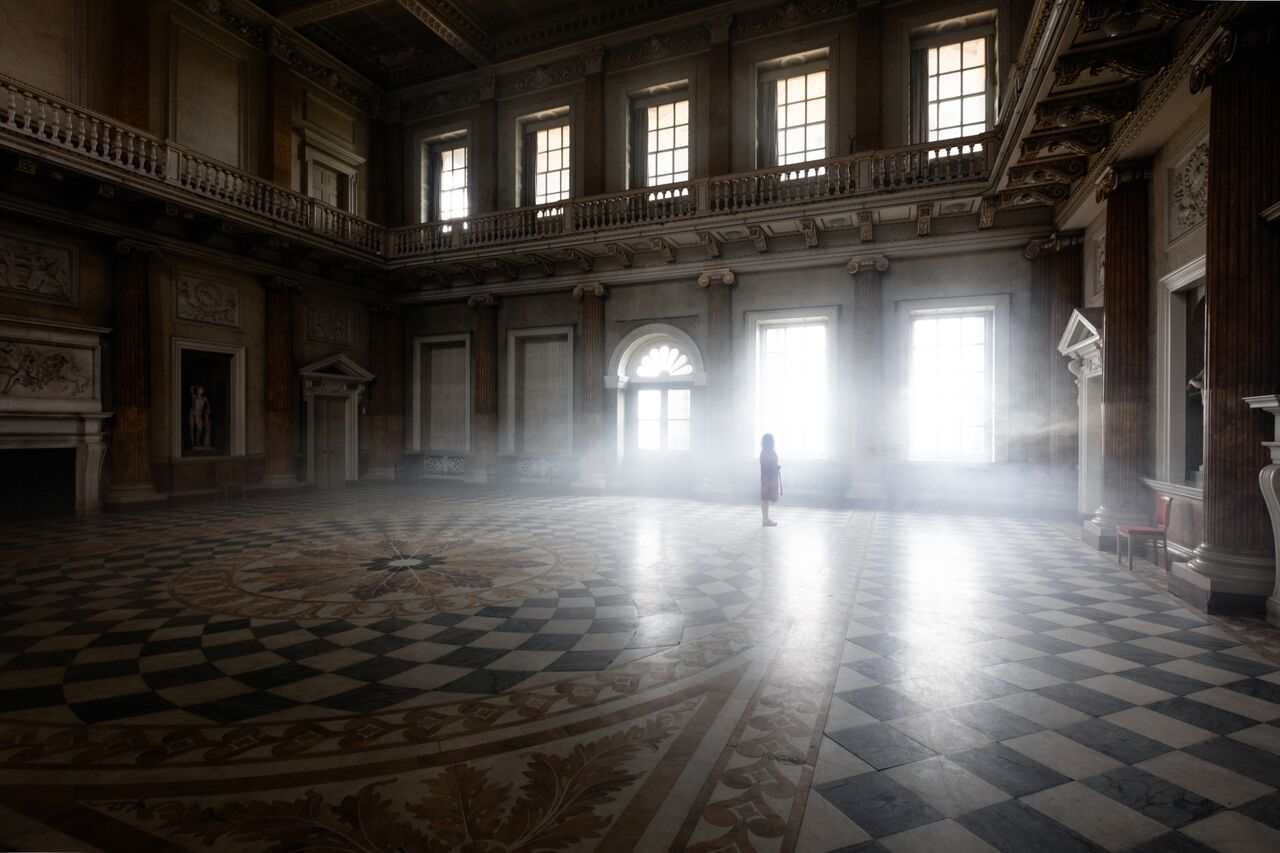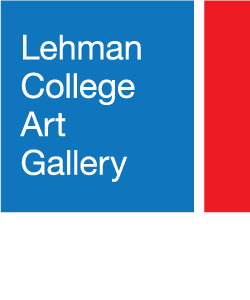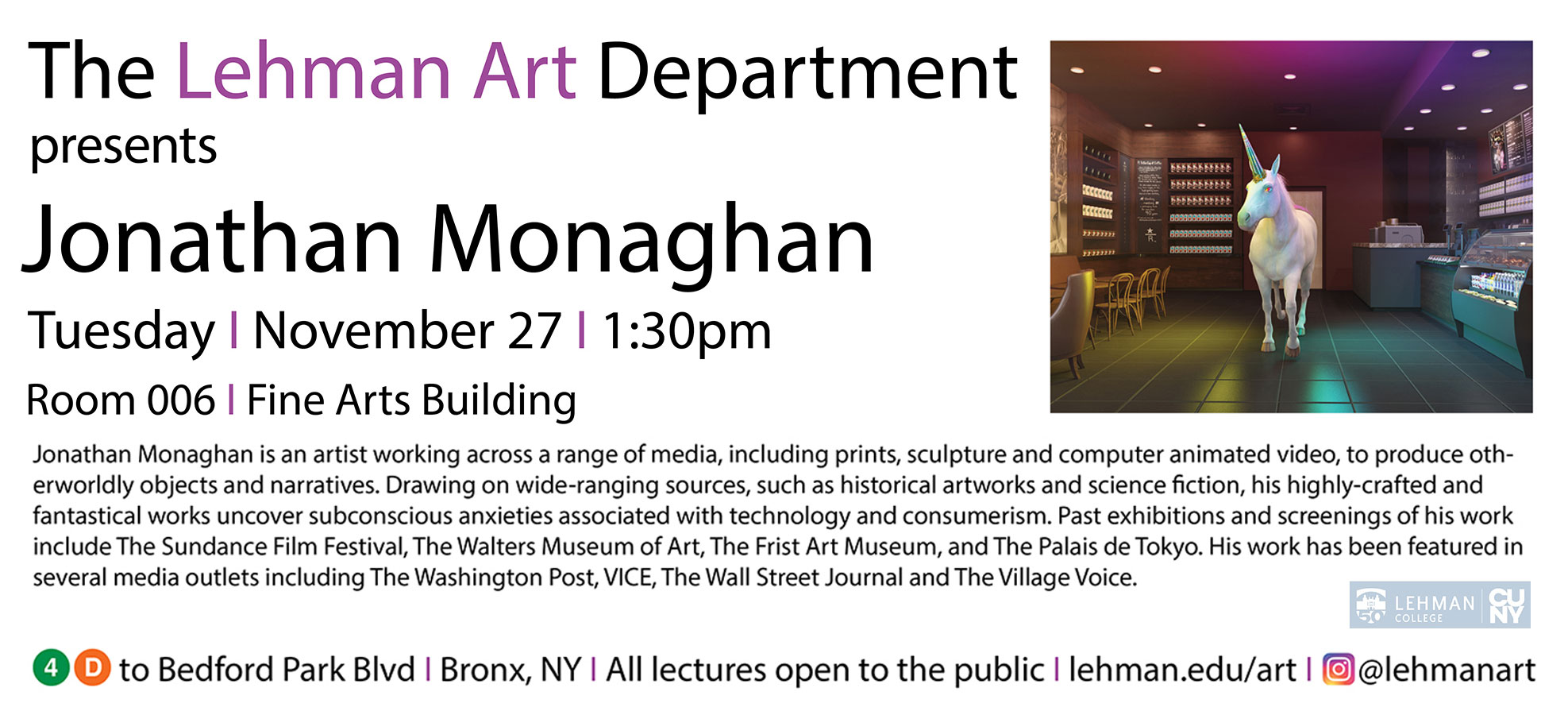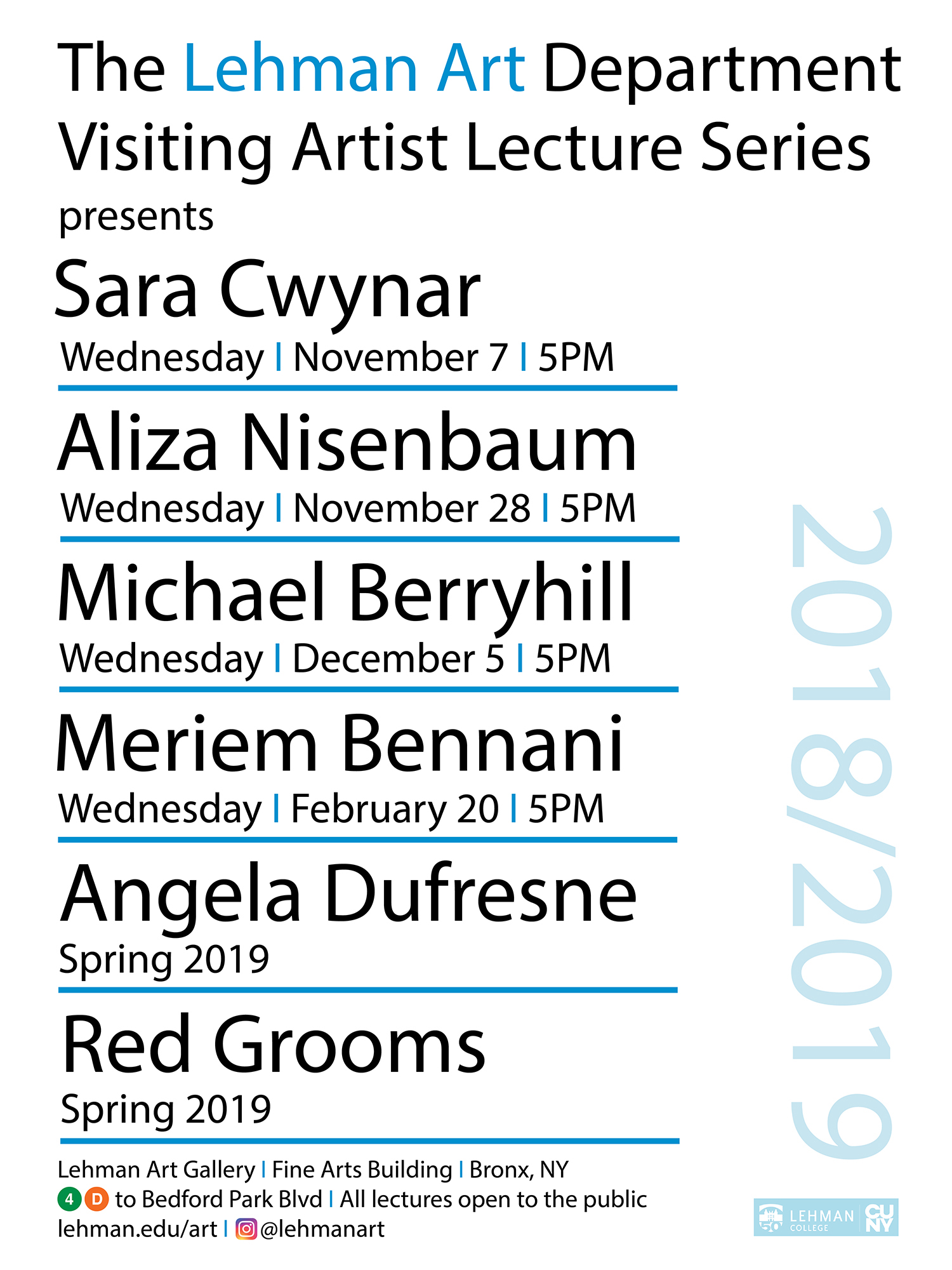PUBLIC ART:
The Spotlight Series
December 1, 2017 – February 10, 2018
Public Art in the Bronx on the World Wide Web, a comprehensive web site developed by Lehman College Art Gallery, provides additional background for the exhibition. With over 100 artists and projects ranging from the 19th century, through the WPA era, to contemporary works, the web site includes walking tours, lesson plans for teachers, as well as Bronx neighborhood histories. The address is: http://bronxart.lehman.cuny.edu/pa
The exhibition includes three works by Vito Acconci that predate his public art projects in the Bronx. Two lithographs from 1970, Kiss-Off and Trade Marks, document Acconci’s performance art and give a sense of the work from his early career. A lighted sculpture based on furniture, Florescent Table and Two Chairs, 1991, not only has a visual presence but is intended to provide seating as well. These three works reflect the artist’s ongoing interest in the body. Acconci has two projects in the Bronx Public Art collection, Untitled, 1995, in the plaza of P.S. 3, La Fontaine Middle School and Wall-Slide, 2002, at the MTA Yankee Stadium Station at 161st Street. Both of these public art projects involve dramatic architectural illusions and dislocations. In both, the forms also provide seating.
Helene Brandt’s public art work, Room of Tranquillity, 1997-2002, an illusionistic mosaic on the wall of the mezzanine, is also at the MTA Yankee Stadium Station at 161st St. A former student of Martha Graham, Brandt’s welded steel sculpture has also long been connected to the human body and movement. In a new series included in this exhibition her “anthropomorphized geometry” gives way to the organic forms of root systems and the arch of birds’ wings.
Wopo Holup’s installation in this exhibition is based on Common Ground (currently under construction), Holup’s major public art commission as part of the reconstruction of the Brooklyn Queens Expressway. Two granite walls, each 16 feet high and 150 feet long, will depict the landscape as strata. From the underground roots, grasses and trees, to the sky above and galaxy beyond. The Grass Family(Gramineae), 2003, shown as part of the Spotlight exhibition, is an installation of ink on canvas digital prints that are based on the scanned images of the original drawings Common Ground. Holup has two projects in the Bronx collection, Elevated Nature I-IV, 1989-90, an installation in IRT #1 elevated subway stations at 231st, 225th, 215th, and 207th Streets and Intersections, 2003, an installation along the walkway and plaza of Lehman College’s new Communication Station.
Tom Otterness is known for his playful cartoon-like figures whose antics closely parallel human behavior. Suspended Mind, 2002, created for the lobby of the Carl Sagan Discovery Center at Montefiore Children’s Hospital, provides both an entertaining art installation and a science lesson. Figures in this monumental installation surround a Foucalt’s pendulum that sways with the rotation of the earth. A second public work by Otterness, Doublefoot, 1993, sits at the edge of the Harlem River in Roberto Clemente State Park. Otterness’ work in this exhibition include three sculptures, among them a vignette from Hansel and Grettel and another, Rebellion to Tyrants, a humorous look at money and power.
Faith Ringgold, well known for her painted quilts, has created a large-scale quilt commemorating the life of teacher, philosopher, and writer Eugenio Maria de Hostos for whom the college is named. Eugenio Maria de Hostos: The Man, His Life and His Dream, 1994,is found in the atrium of Hostos Community College/Allied Health building. In the Spotlight exhibition Faith Ringgold is represented by Weeping Woman #4, 1973-89, and two quilts including Tar Beach #2, 1990-92, with scenes from her popular children’s book Tar Beach.
Carrie Mae Weems is a photographer and filmmaker whose work has examined race, gender and class as well as issues of African American identity. In the Lehman exhibition, four works represent her interests over the past decade and include a recent work, After Manet from May Days Long Forgotten, 2003. At Walton High School, her work Mind, Health, Spirit, Body, 1999, has been translated into mosaics.
In 1969 Mierle Laderman Ukeles wrote the Manifesto for Maintenance Art, a conceptual framework positing maintenance as art. In 1977 she became an unpaid, official artist in residence with The New York City Department of Sanitation. This exhibition includes documentation for a number of her early works, among them Touch Sanitation Performance (detail), 1977-80, in which she personally thanked each of the 8,500 sanitation workers and The Social Mirror, 1983, a mirror covered garbage truck that reflected the people of the City as it passed. For the firehouse of Engine Company 75, Ukeles has created a design for the exterior wall, Honor 2000, 2000, that commemorates the firefighters who have lost their lives.
Janet Zweig creates installations that display both humor and irony. In one of the three installations that are a part of this exhibition, Her Recursive Apology, 1993, Zweig programmed four computers to choose apologies from a database and print them out day and night for two weeks—4,386,375 apologies on 8,000 sheets of computer paper. For Walton High School Janet Zweig created an interactive public art work, Your Voices, 1998, in which student wishes and dreams, fears and complaints were dropped into bronze boxes inspired by wishing wells and suggestion boxes.
The exhibition will be presented in both the Edith Altschul Lehman wing
and the Robert Lehman wing of the gallery. This exhibition is funded in part by the New York State Council on the Arts.



